Here’s what happens in the 2017 indie American film I Don’t Feel At Home In This World Anymore:
When a depressed woman is burgled, she finds a new sense of purpose by tracking down the thieves alongside her obnoxious neighbour. But they soon find themselves dangerously out of their depth against a pack of degenerate criminals.
CHARACTER LINE: a depressed woman finds a new sense of purpose
ACTION LINE: by tracking down the thieves alongside her obnoxious neighbour
SOME SENSE OF THE OUTCOME: They are either going to win or lose their big struggle against the pack of degenerate criminals. It may well be a pyrrhic victory since Ruth is well out of her depth.
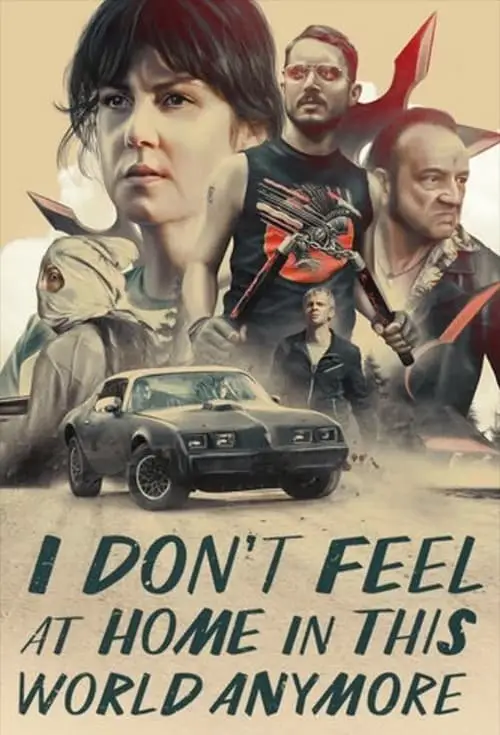
SENTENCE BEHIND THE STORY OF I DON’T FEEL AT HOME IN THIS WORLD ANYMORE
A middle-aged woman gets through her middle-aged disappointment with the world after the insulated life she has created for herself is invaded by exactly the ‘assholes’ she tries to keep at arm’s length.
GENRE BLEND OF I DON’T FEEL AT HOME IN THIS WORLD ANYMORE
Comedy, crime, drama
This is a black comedy with some horror gore elements but with the drama element it is also about the awakening of a middle aged woman — a coming-of-age story.
Note that this is not a thriller. A thriller has a villain-driven plot. The villain presents obstacles that the hero must overcome. In a thriller, a devastating crime is about to be committed, or has been committed with the threat of an even worse one in the wings. The perpetrator is known, but their guilt is not absolutely certain—or the main character wishes not to accept the truth of the villain’s guilt. (The uncertainty enhances the suspense.)
That’s why this is a mystery rather than a thriller. (Crime is a subtype of mystery.) In a mystery the villain typically remains hidden, at least for a while.
Similar to a thriller, though, this story features a (darkly) happy ending in which the villains are killed or arrested. Also similar to a thriller, both villain and main character share an element of crazy. The actor who plays Chrissie has an excellent joker’s grin. The set up for Ruth’s ‘crazy’ is that her antidepressants have been stolen, or perhaps she is just sufficiently angry after suppressing her frustrations with the world for so long.
Also similar to a noir thriller — but typical for the comedy that this is — at one point our main characters are going to pose as something they’re not. Then, with excellent comic timing, the mask will come off. Only after the mask comes off will they have to deal with a number of consequences in a transgression-consequence loop, and then Ruth will be able to grow without a mask.
Another example of this is Breaking Bad, in which Walter White wears the mask of a family man, or perhaps he really is a family man wearing the mask of a sociopath. (The genius part of that story is that the audience never really know which is Walt’s true self and which is the mask. We are in fact forced to conclude that one man can be multifaceted.)
The tone of this film is similar to something out of a Coen Brothers film. It’s also similar to the Australian film Two Hands with its spoofy, comedic crime plot.
STORYWORLD OF I DON’T FEEL AT HOME IN THIS WORLD ANYMORE
Filmed in Portland, Oregon, this isn’t the usual backdrop we see when Portland is depicted on film. Our main character Ruth lives in suburbia but this is not the manicured version of suburbia. This is a mostly Black neighbourhood, as we find out when she goes door-knocking, and this generally poor area will soon be seen in contrast to the most ostentatiously rich part of Portland when our main characters visit the lawyer’s mansion with its unnecessary, expensive and slightly grotesque yard art.
This setting is an outworking of Ruth — her house and clothes are drab, and her personality is featureless. Even her car is beige. This is very similar to the set up of the character of Walter White in Breaking Bad who you may remember wears a beige jacket, colourless trousers and beige shoes. Like Walter White, Ruth lives on the edge of economic security in a nurse’s aide job which pays her just enough to get by in 2017 America.
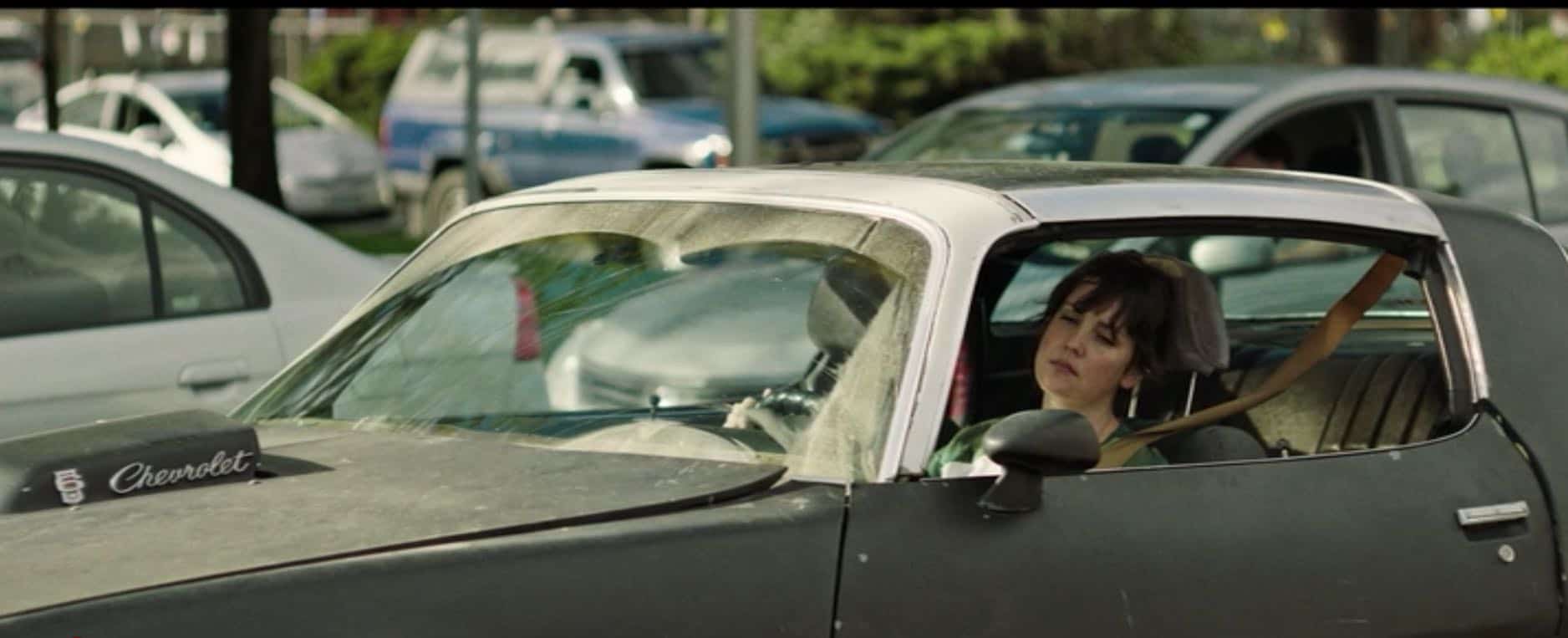
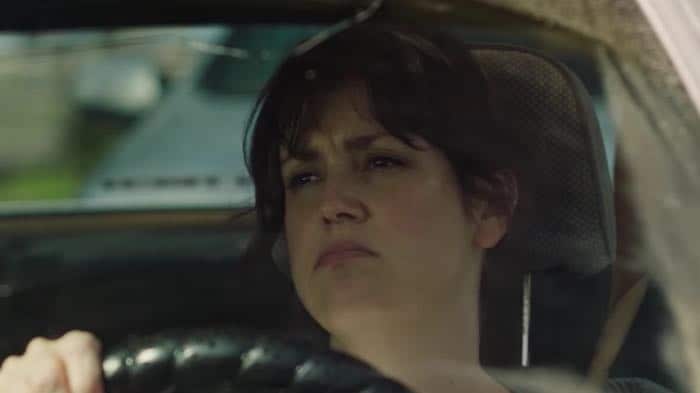
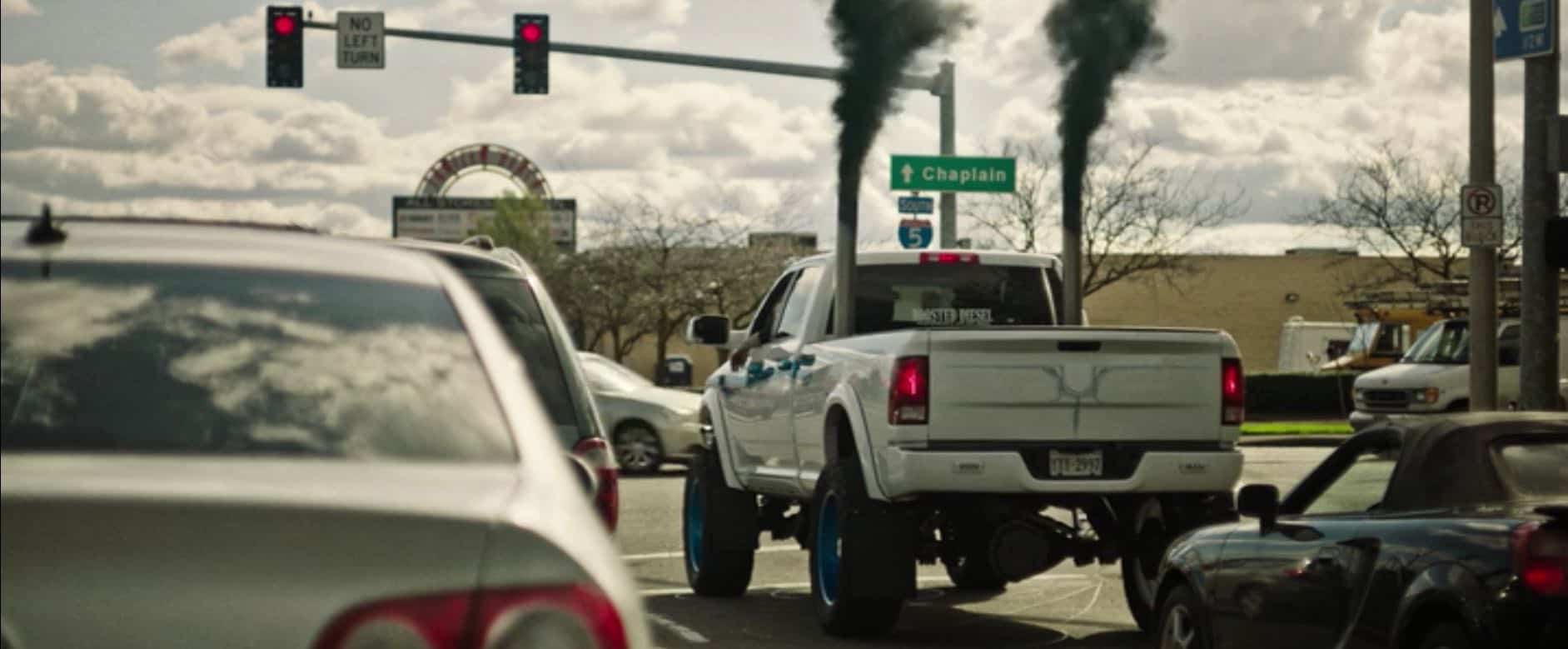
Who would Ruth have voted for? My guess is that she wouldn’t have voted for either candidate last year. She was probably working that day. She would feel repulsed by Trump and alienated from Hilary Clinton.
The neighbourhood/town arena is small enough for the characters to consistently run into each other.
STORY STRUCTURE OF I DON’T FEEL AT HOME IN THIS WORLD ANYMORE
This is what I’ll call a ‘suburban mythological structure‘. Another example is Me, Earl and the Dying Girl. The main character doesn’t leave the suburbs but goes from place to place within that arena finding herself in a series of escalating and comical struggles until she comes close to actual death. This story manages to avoid feeling fragmented because they keep happening upon the same set of baddies (an expanding set of them).
The pattern in which something missing is found halfway through a story endlessly recurs. Even if the protagonists don’t literally have to slay a dragon or steal fire from the gods, they always have to leave their home to solve the problem they find there, then bring tha tsolution back home. Journey there; journey back.
John Yorke, Into The Woods
SHORTCOMING IN I DON’T FEEL AT HOME IN THIS WORLD ANYMORE
The story opens at night time. That’s quite unusual. We’re usually afforded a fully-lit view of a landscape to help orientate ourselves in a film.
Ruth looks up through leafy trees into the sky. You can probably guess from this that she’s going to be having an existential crisis soon.
Existentialism: an outlook which begins with a disoriented individual facing a confused world that they can’t accept. Existentialism’s negative side emphasizes life’s meaningless and human alienation. Think: nothingness, sickness, loneliness, nausea.
We see a long shot of Ruth drinking alone and in the background we hear laughter. Ruth is not a part of this laughter — the darkness is a shortcut to depression. Later, when we find out her drugs have been stolen we’ll read ‘depression’ literally. (Lexapro and Clonazepam are both used to treat anxiety/depression and the clonazepam is also attractive to recreational users.)
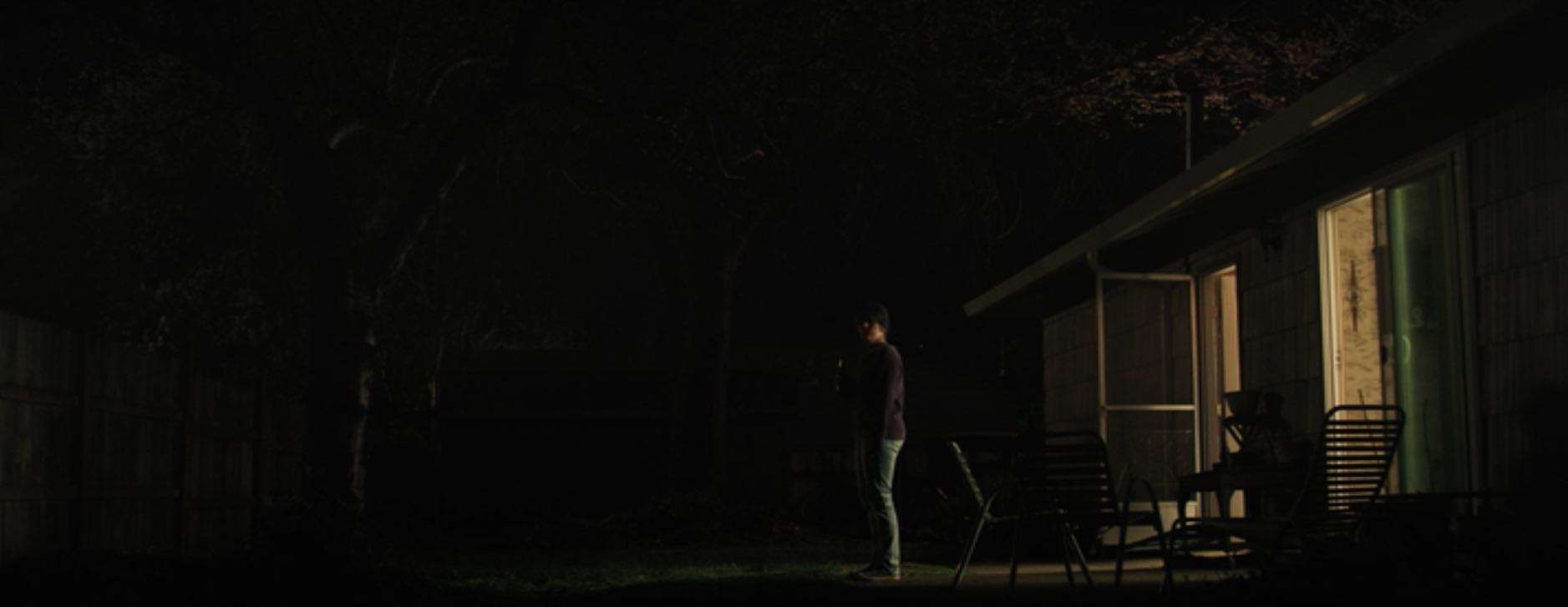
This kind of character is pretty common in coming-of-age stories — or perhaps it’s partly what makes for a coming-of-age story — she has no motivation to do anything. She is going through the motions of her day-to-day life, seeing injustice everywhere, avoiding confrontation. She has come to the pessimistic worldview that everyone is an asshole. This is quite a 2017 worldview, I would say. When the camera cuts to the TV news I can very much identify with Ruth’s sense that the world is all wrong.
This shot of the news is also foreshadowing the adventure to come, which will also involve stand offs and guns and police, but in a slightly different form.
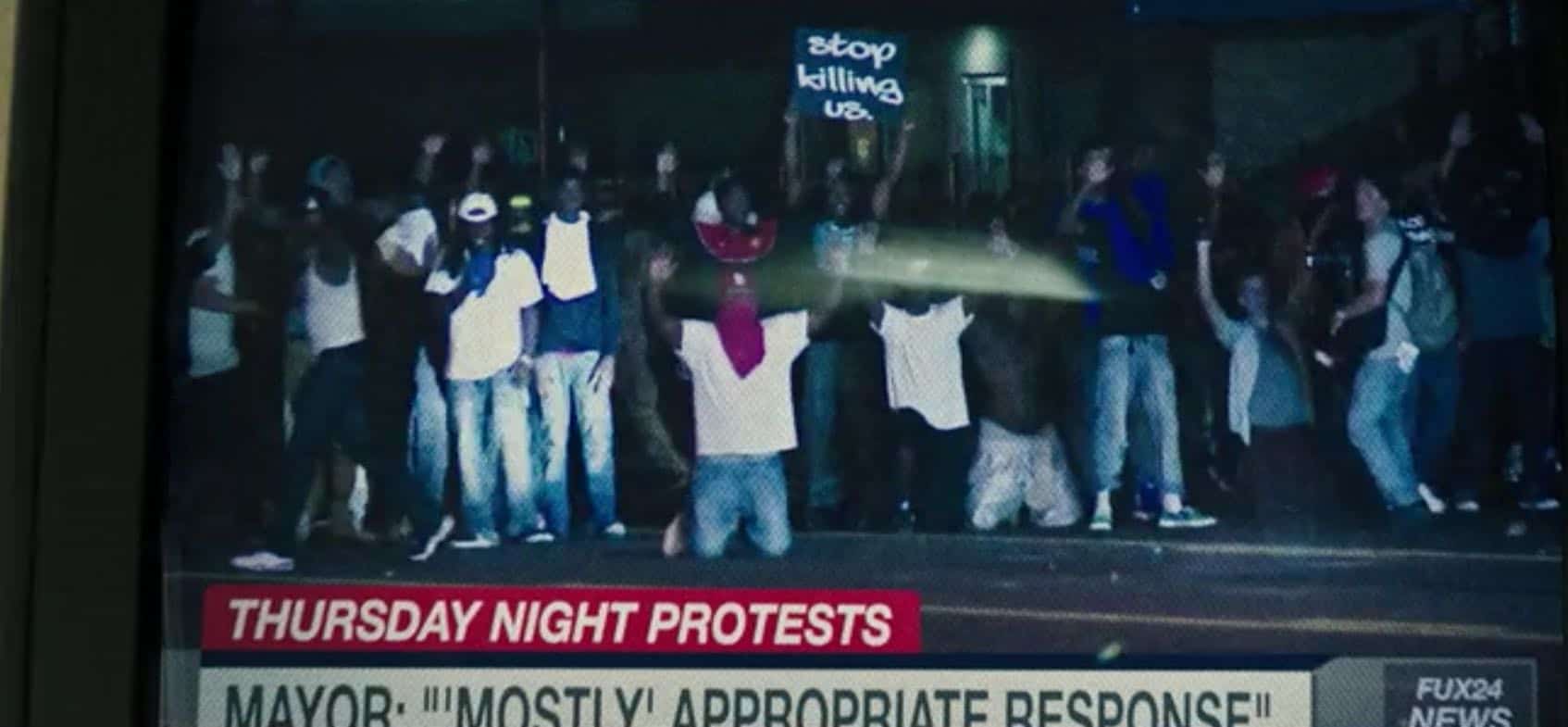
I like that we don’t get a ghost/backstory for the character of Ruth. A less original writer would have her grieving after a miscarriage or a relationship break up. I appreciate that this director has avoided the typical gendered tropes. Instead, it seems Ruth is depressed simply because of the way the world is. When we see her in the bar reading and she strikes up a conversation with a man (a cameo for the actor/director), we see that she isn’t even really romantically motivated. Not desperate, not wounded from past lovers, just okay the way she is. That’s refreshing.
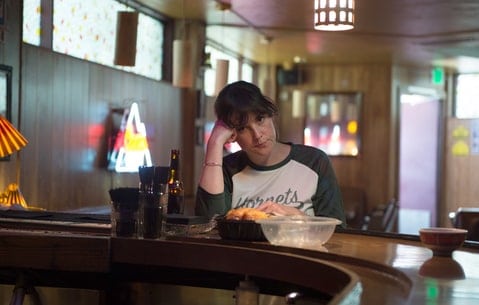
Ruth needs to find some hope in a horrible world.
She basically treats others well, but we see a shortcoming in her when she sits on the bed of her best friend’s daughter — a five year old — and talks to her as if she’s an adult. This shows the audience that in some ways Ruth has the emotional maturity of a much younger person. She shouldn’t be off-loading on a five-year-old. It smacks of desperation. She is gently chided by her friend.
INCITING INCIDENT IN I DON’T FEEL AT HOME IN THIS WORLD ANYMORE
Ruth is burgled. She feels invaded and, as she tells her best female friend, this has plunged her into an existential crisis in which it feels the whole world is populated by assholes.
People are disgusting. The fucking taking, you know what I mean? … Everyone’s an asshole … Sometimes I feel like I’m underneath a whirlpool and I can’t even breathe.
DESIRE IN I DON’T FEEL AT HOME IN THIS WORLD ANYMORE
Ruth would like to be left alone to exist in her own house without invasion. She would ideally like to live in a better world. This is a disappointed idealist we’re talking about. It’s significant that Ruth is closer to 40 than to 20 — she’s seen enough of the world to have become disappointed by it.
More concretely, Ruth loses her laptop and sentimental heirloom silverware and she would like those back.
FAKE-OPPONENT ALLY IN I DON’T FEEL AT HOME IN THIS WORLD ANYMORE
Angered by the invasion to her home space, Ruth is galvanised to confront the man whose dog is leaving turds on her grass verge. Comically, the turd is half on the grass, half on the pavement — foreshadowing a dog-owner whose transgression can’t even really be achieved properly. As it turns out, this guy (Tony) is going to become Ruth’s biggest ally but for now, in a dark inversion of ‘meet cute’ in a rom-com, they have a low level argument.
OPPONENT IN I DON’T FEEL AT HOME IN THIS WORLD ANYMORE
The opponent, unknown and unseen at this point, is the person or people who burgled her house.
MYSTERY IN I DON’T FEEL AT HOME IN THIS WORLD ANYMORE
And that’s the mystery, of course. Whodunnit? Who took the silverware? This is about to turn into a Grail Plot, in which our main character will go after some treasure as a quest.
FAKE-ALLY OPPONENT IN I DON’T FEEL AT HOME IN THIS WORLD ANYMORE
The police. It is revealed in a hasty denouement that the cop who stands most in her way has been going through relationship problems, which partly explains his response to her.
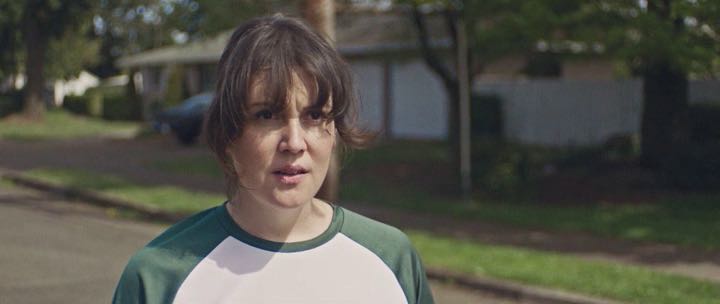
CHANGED DESIRE AND MOTIVE IN I DON’T FEEL AT HOME IN THIS WORLD ANYMORE
Whereas before Ruth didn’t really care about the stuff, just the invasion, she is annoyed by the dismissive attitude of the police officer and decides she really does want her stuff back.
FIRST REVELATION AND DECISION IN I DON’T FEEL AT HOME IN THIS WORLD ANYMORE
There’s a footprint in her backyard which the police officer didn’t see. She decides to become a vigilante detective and buys plaster-of-Paris to make a cast of it. When this happens we know Ruth will follow this to its natural conclusion. We want to see her get her stuff back. Basically, she has decided to take the law into her own hands.
Like a good detective, she visits all her neighbours to find out if they saw anything. She happens upon the guy whose dog dropped a “BM”.
We’re not sure where she’s going to go with her investigation as she comes to a dead end, but as she is dancing in her living room when her phone beeps as it has located her laptop. It has been turned on and she can see it’s at 129 Grove Street.
She calls the cops but they won’t send any cars out.
APPARENT DEFEAT IN I DON’T FEEL AT HOME IN THIS WORLD ANYMORE
When the police aren’t interested in her beeping laptop it seems she is done.
PLAN IN I DON’T FEEL AT HOME IN THIS WORLD ANYMORE
She plans to get her laptop back herself.
Pulling up outside, the people are in the front yard and look scary.
So she will ask the weird dog poop guy she met twice by accident lately, because he was working out and seems to be some kind of ninja fanatic.
OPPONENT’S PLAN AND MAIN COUNTERATTACK IN I DON’T FEEL AT HOME IN THIS WORLD ANYMORE
She gets her laptop back in a comical ninja showdown in which one of them hits himself in the nose with a nunchuck, but these aren’t the main baddies. They purchased the laptop at a second-hand place. They give her the address.
AUDIENCE REVELATION IN I DON’T FEEL AT HOME IN THIS WORLD ANYMORE
When the story cuts to the track of the opponents we are shown who these people are. At first, due to the forest setting and the music and the drug-taking, these people are presented as truly evil. We later find out how hapless they are. There is a series of revelations in which the audience is given information the main characters do not: We are shown them buying a gun. They plan to commit a murder or something.
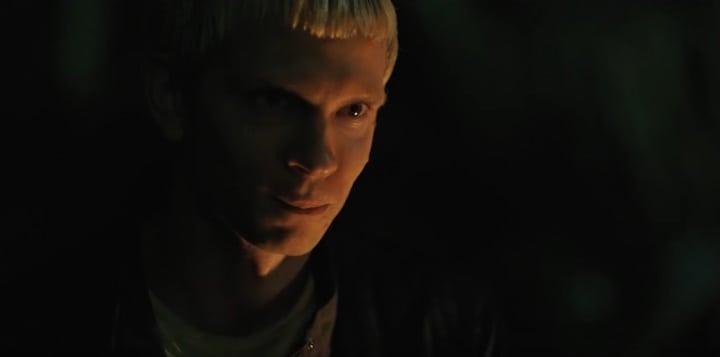
DRIVE IN I DON’T FEEL AT HOME IN THIS WORLD ANYMORE
Now she and Tony are fully invested in the mission. Weedy, big-eyed Tony has been training for just such a mission his whole life. They go to the second-hand place with the intention of finding the silverware. The second-hand place is the mythical equivalent of a labyrinth with many parts to it — dark overstuffed rooms, packed yards — disorganised chaos. Their mission is twofold: To find the silverware and to get out of there, like some sort of ancient test.

Like in any good myth story, the old man who owns the place is another good opponent — he’s not interested in listening to Ruth, he just wants to sell her some music. So she doubles down and decides to steal it back.
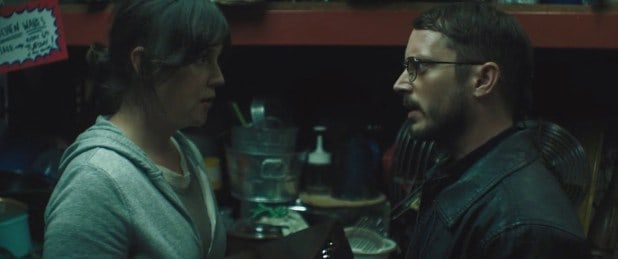
She happens to be at this place at the exact same time as a guy wearing shoes she recognises from the footprint. This is impressive if you think about it. The audience likes a smart (vigilante) detective.
OBSESSIVE DRIVE, CHANGED DRIVE, AND MOTIVE IN I DON’T FEEL AT HOME IN THIS WORLD ANYMORE
It’s interesting that, in this story, Ruth actually achieves her goal at the midway point. She wanted her laptop back. She got it. She wanted her silverware back. She got that, too. But now she’s seen the guy who stole her stuff, her drive has changed and galvanised.
Her motive is changed: She knows who the thief is, now she just has to convince the police.
Back to the useless police.
SECOND REVELATION AND DECISION IN I DON’T FEEL AT HOME IN THIS WORLD ANYMORE
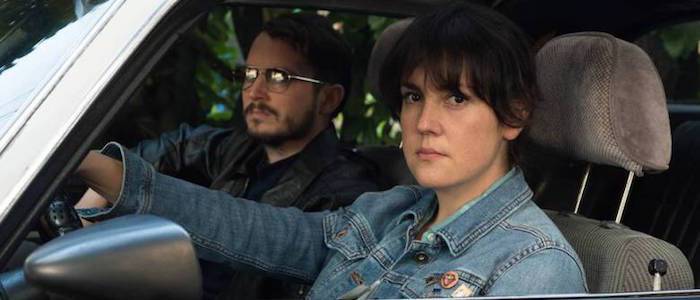
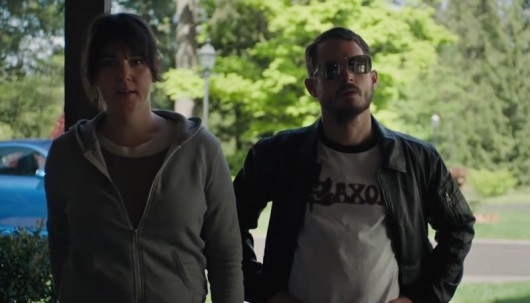
Not only is the policeman at the station unhelpful; he is downright condescending. I do appreciate the gender flip though, in which the policeman cries. Usually it’s the female character who cries out of frustration.
Now Ruth decides to track down the thief herself. She’s seen him get away so has his licence plate number. With the Internet and a credit card she finds out the owner of the silver van.
She decides to confront the offender to show him it’s no good being an asshole. She has the opportunity to express this while sitting in the father’s mansion. Chris elder asks what she wants with him, if not money.
This comes back to Ruth’s deeper psychological need: To make a bad person good. That way, one person at a time, the world will be a better place. She’s already shown us this tendency by confronting Tony about his dog shit.
There is another big struggle scene in here which takes place at what is slowly revealed to be the thief’s father’s house. They are talking to the step-mother. This is the part where they put on their comedic ‘masks’ and try to pass themselves off as officers. It is revealed in the mansion scene that the step-mother knew all along they weren’t cops — she let them in because she was just bored. This scene is a masterclass in comedic revelations.
A story is almost always improved when rich and poor people are presented side by side. The horrible lawyer father with questionable morals scoffs at their old car.
ATTACK BY ALLY IN I DON’T FEEL AT HOME IN THIS WORLD ANYMORE
Upon being chucked out of the house, Ruth is enraged and destroys yard art.
It’s significant that Tony is Christian — along with some other unlikely personality quirks — because it makes sense that he disapproves of Ruth stealing a piece of yard art. He has her on about that in the car, because they are not the criminal — they are simply the (step-) parents. This leads to an argument and a brief separation. This argument asks the audience to consider the rights and wrongs of stealing, and what is acceptable by way of retribution.
THIRD REVELATION AND DECISION IN I DON’T FEEL AT HOME IN THIS WORLD ANYMORE
Now that Ruth has met the horrible father she sees there’s no changing horrible people and there’s no wonder Chrissie turned out the way he did. The world is a horrible place and there’s nothing she can do about it. Another apparent defeat.
Back at his own house eating cheese, Tony looks at his dog and has a revelation (that he needs to go apologise) and makes a decision (to go to her house). But once he gets there he realises she’s been kidnapped (he finds the plaster of Paris foot caste smashed on the floor and he puts two and two together, rushing to the mansion.
GATE. GAUNTLET, VISIT TO DEATH IN I DON’T FEEL AT HOME IN THIS WORLD ANYMORE
Ruth is forced into a heist after Chrissie is comically killed by a bus.
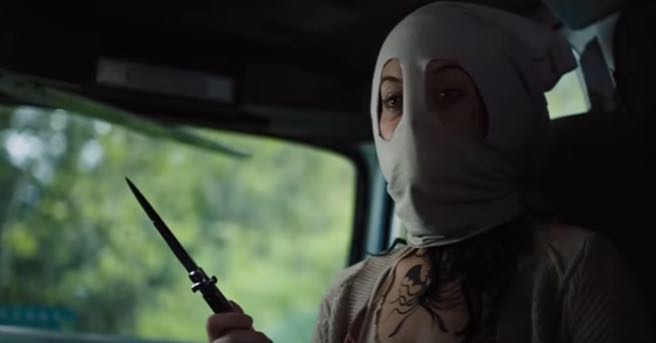
A lot of masks come off. These awful people are revealed to be simpletons.
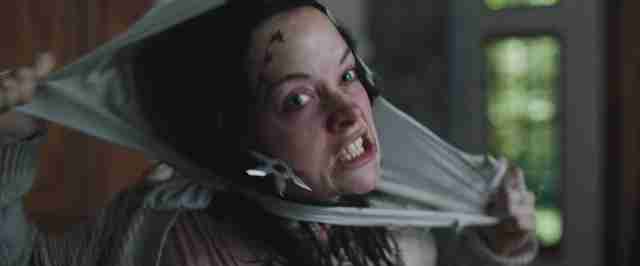
This all leads to a Red Wedding type farcical showdown in which only Ruth gets out largely unharmed. (Except for a red hand.)
The Red Right Hand [sometimes a left] is a form of Glamour Failure where the right hand of a supernatural character is blood-stained or marked with some other variation of red coloring. The red right hand could be seen as the spiritual equivalent of bright patterns on venomous animals – a warning sign that something wrathful this way comes.
Arcana
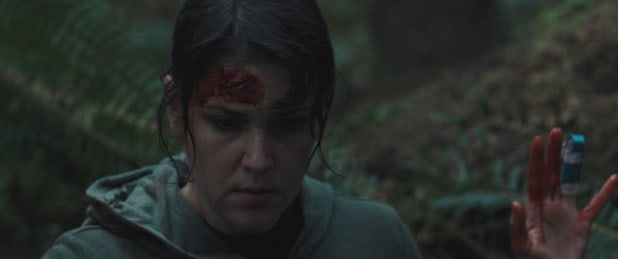
The setting is symbolic for the final chase sequence — Tony is slumped over in the dinghy it’s as if he’s crossing the River Styx. The final big struggle takes place in The Forest, or a suburban equivalent. The snake in the pond is a great touch. As in Kings of Summer, the snake is used as an aggressive opponent of nature within a forest setting, even though in reality snakes wouldn’t really cling onto someone’s face without significant and sustained provocation.
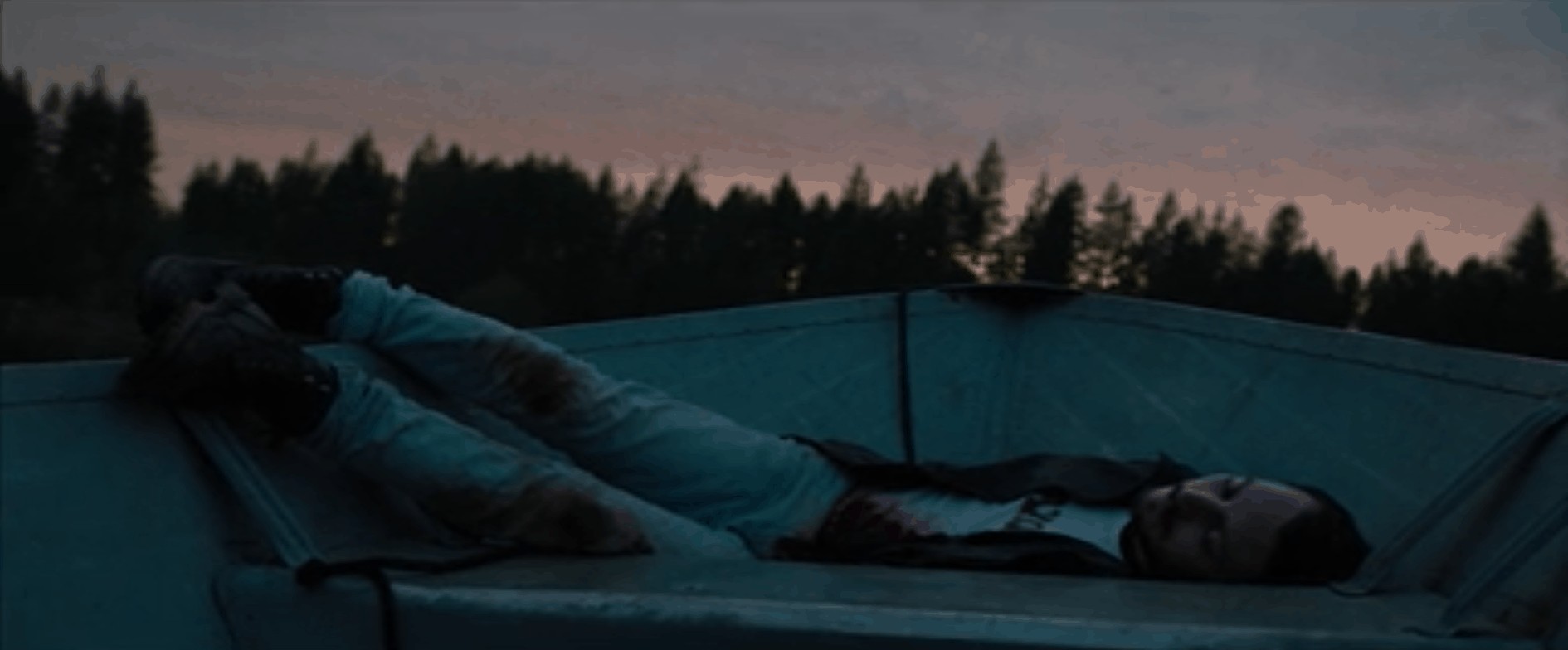
This is the worst thing for Ruth. She is at her absolute lowest point here.
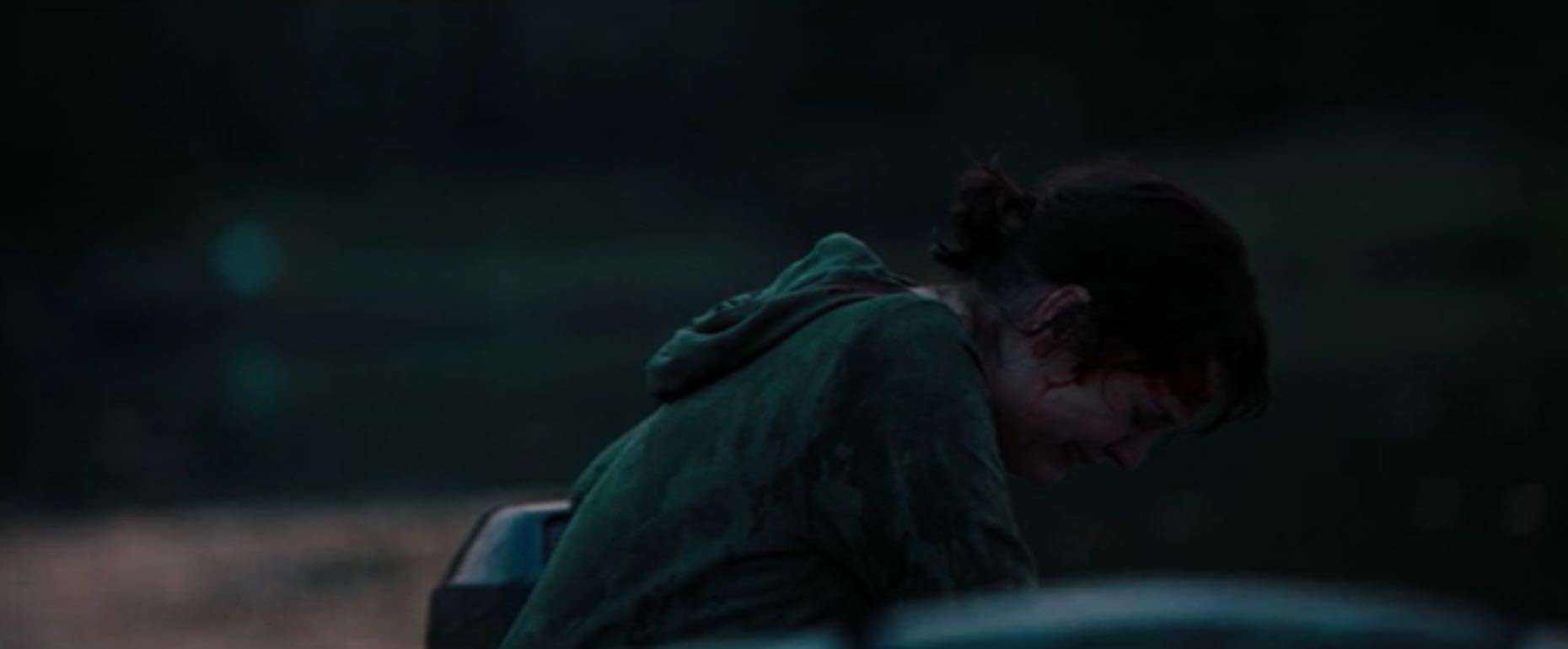
BIG STRUGGLE IN I DON’T FEEL AT HOME IN THIS WORLD ANYMORE
When Ruth hits the king of the baddies with the rock even as he stands before her with his weapon (though out of bullets) this is the classic David/Goliath story playing out. The little woman wins. She gets away, helped along by that snake.
It’s dangerous to be the hero’s best friend. Tony gets it in the end.
ANAGNORISIS IN I DON’T FEEL AT HOME IN THIS WORLD ANYMORE
She realises Tony is reading the exact same book as she is — planted in the bar at the beginning of the film. She realises Tony and her mightn’t make such a bad match.
MORAL DECISION IN I DON’T FEEL AT HOME IN THIS WORLD ANYMORE
At the beginning of the film, in the bit where we see Ruth’s life before the inciting incident, we are shown her watch on passively as someone in front of her at the supermarket puts an entire cartload of groceries onto the conveyer belt in the Express line. Now we see her again at the same supermarket but this time she is aggressive in the queue and pushes her way in front. After her brush with death she has decided the small big struggles aren’t quite as scary. In general though, we see that she is going on with her life pretty much as before. For instance, she sees the same big white utility vehicle with the pillars of black smoke billowing out and we wonder if she’s going to do anything about it. She doesn’t — she’s going to pick her big struggles, as before but more so.
Notice now the truck is the mirror image of the original one at the beginning of the film. This story makes use of the technique of mirroring — going back to the same places, showing the same people and the same situations only slightly modified. This creates a strong sense of closure in the audience and clues us in to the character arc and morality of the main character, and of the story as a whole. The ideology of this story: Stand up for yourself but pick your big struggles. Have faith that there are good people out there and you will find them. Don’t let the evil in.
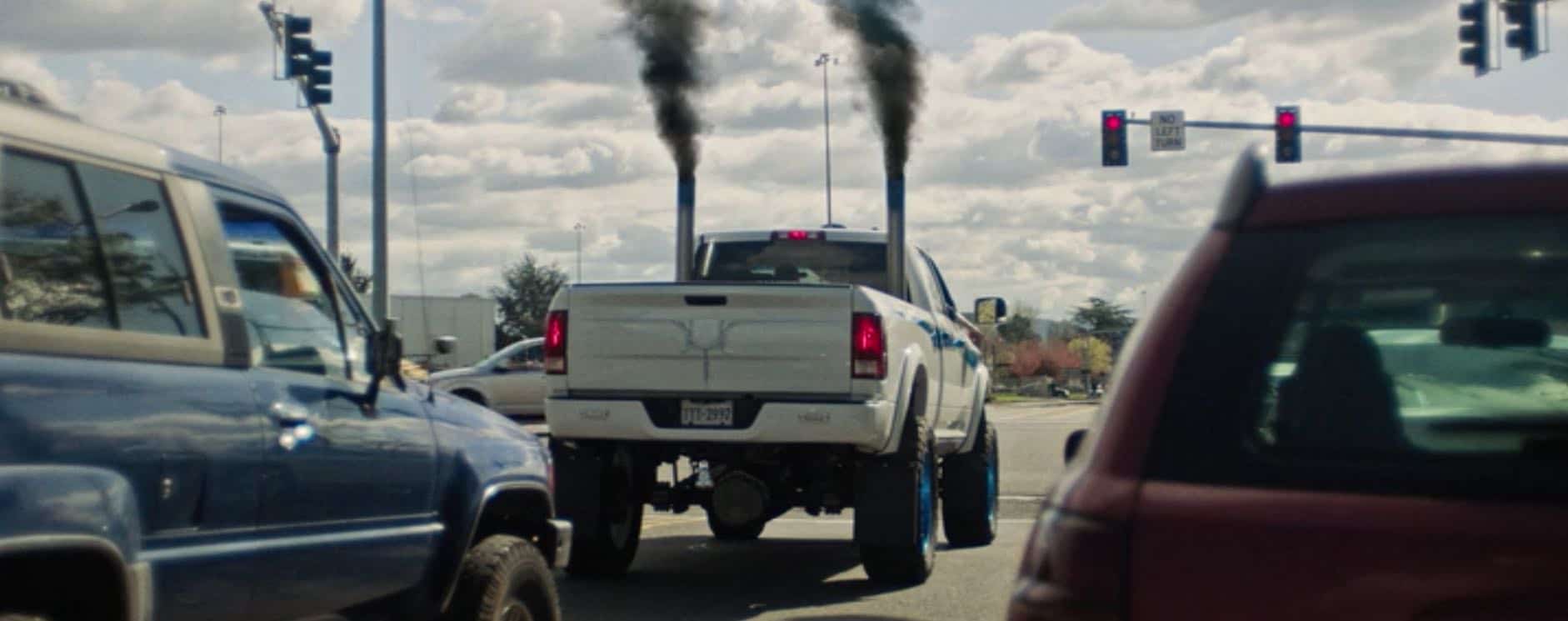
NEW SITUATION IN I DON’T FEEL AT HOME IN THIS WORLD ANYMORE
It is not clear to me why Meredith wouldn’t identify Ruth as one of the criminals when asked by police. It’s clear she remembers Ruth’s face because she remembered her when she came back. Perhaps she feels some sort of sisterly solidarity.
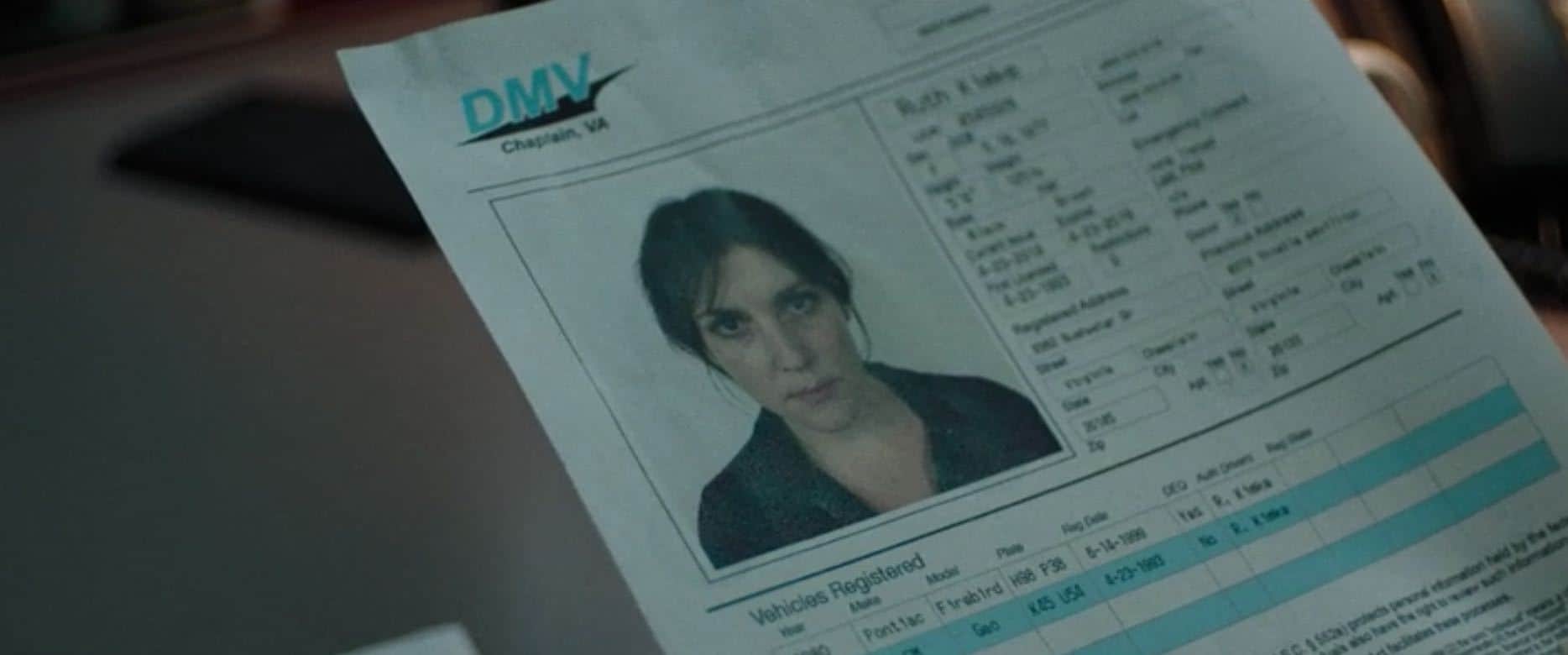
She goes back to work.

Ruth is at a backyard BBQ with her best friend and husband. It hasn’t been clear for the denouement whether Tony survived or if he really is dead. We’re not sure if we just saw Ruth sitting in church as perhaps a born-again, or if she was attending his funeral. When we see the camera cut to a view of Tony BBQing alongside her friend’s husband, Dan, it is not 100 per cent clear whether this is in-world reality or if this is Ruth’s imagination. After several hallucinatory episodes in which she sees her elderly dead relative motivating her through her big struggles, we know that Ruth is capable of imagining this, and we know it’s a trick the director is capable of using. It’s therefore quite possible that she is imagining what might have been had Tony not been killed.
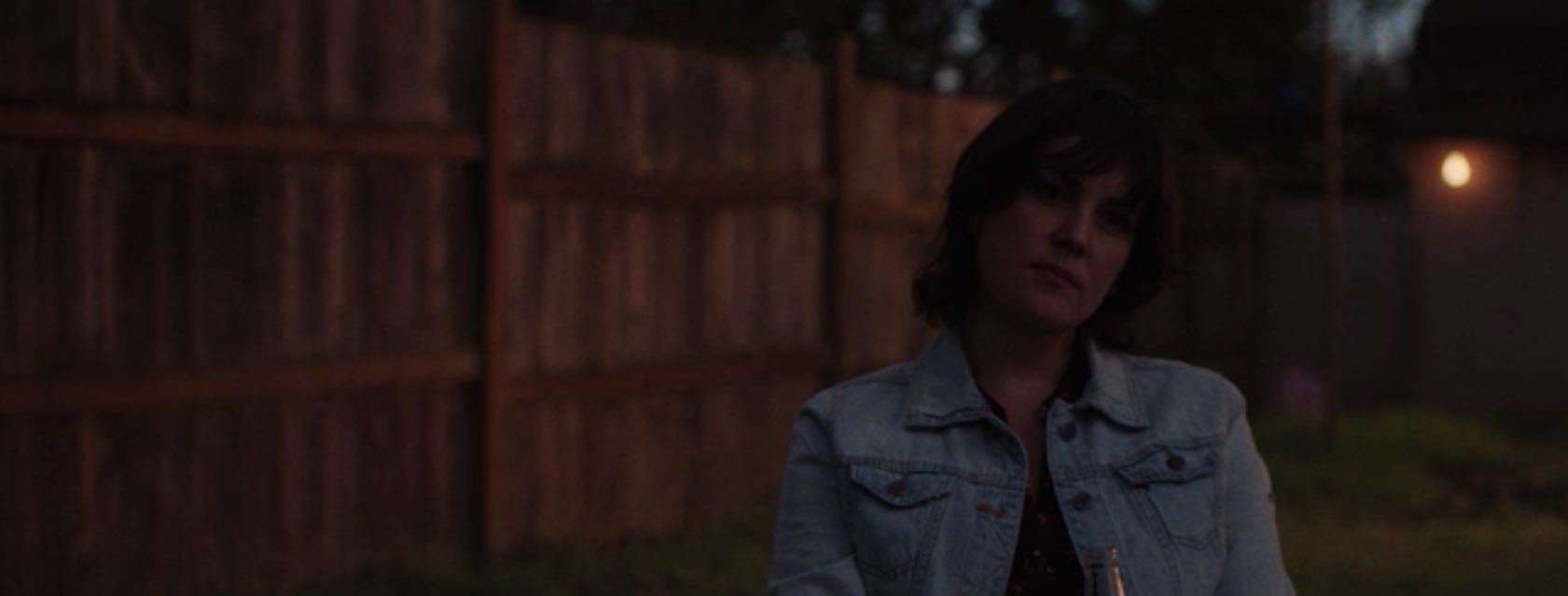
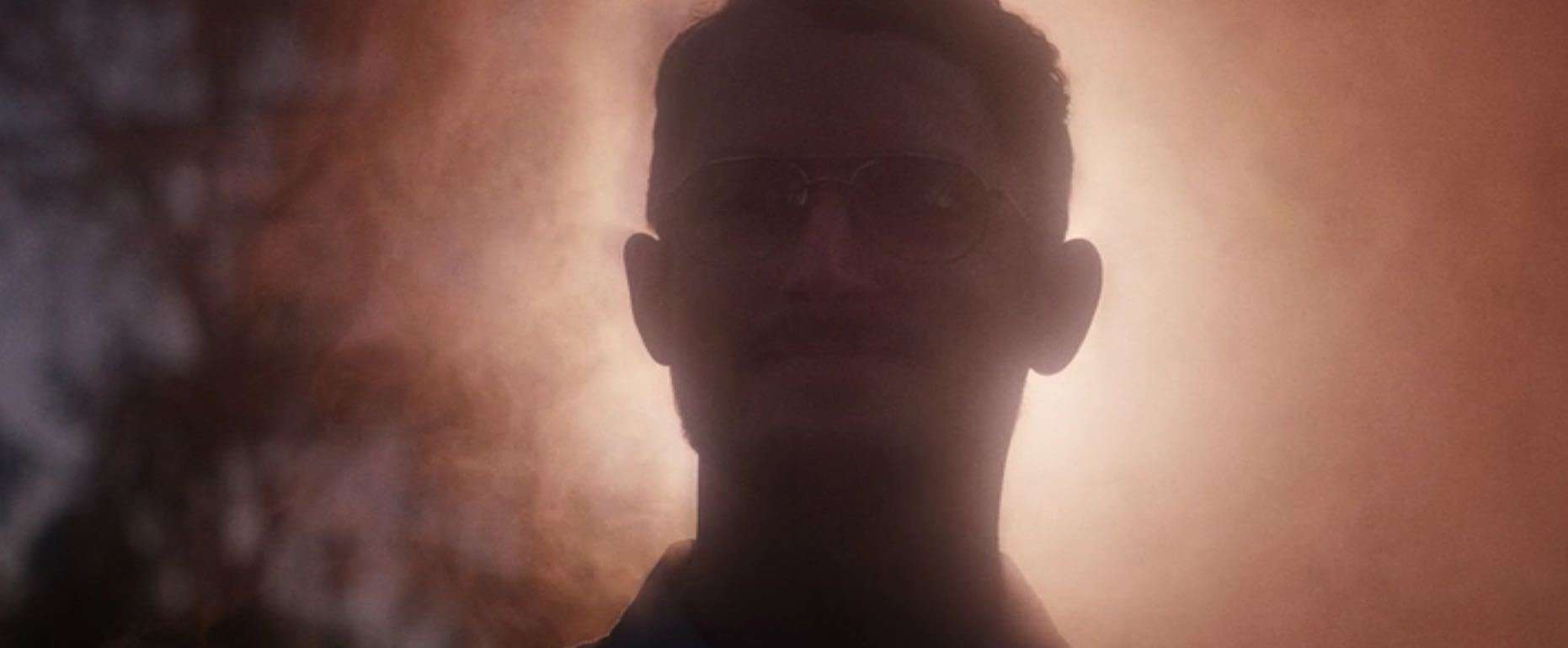
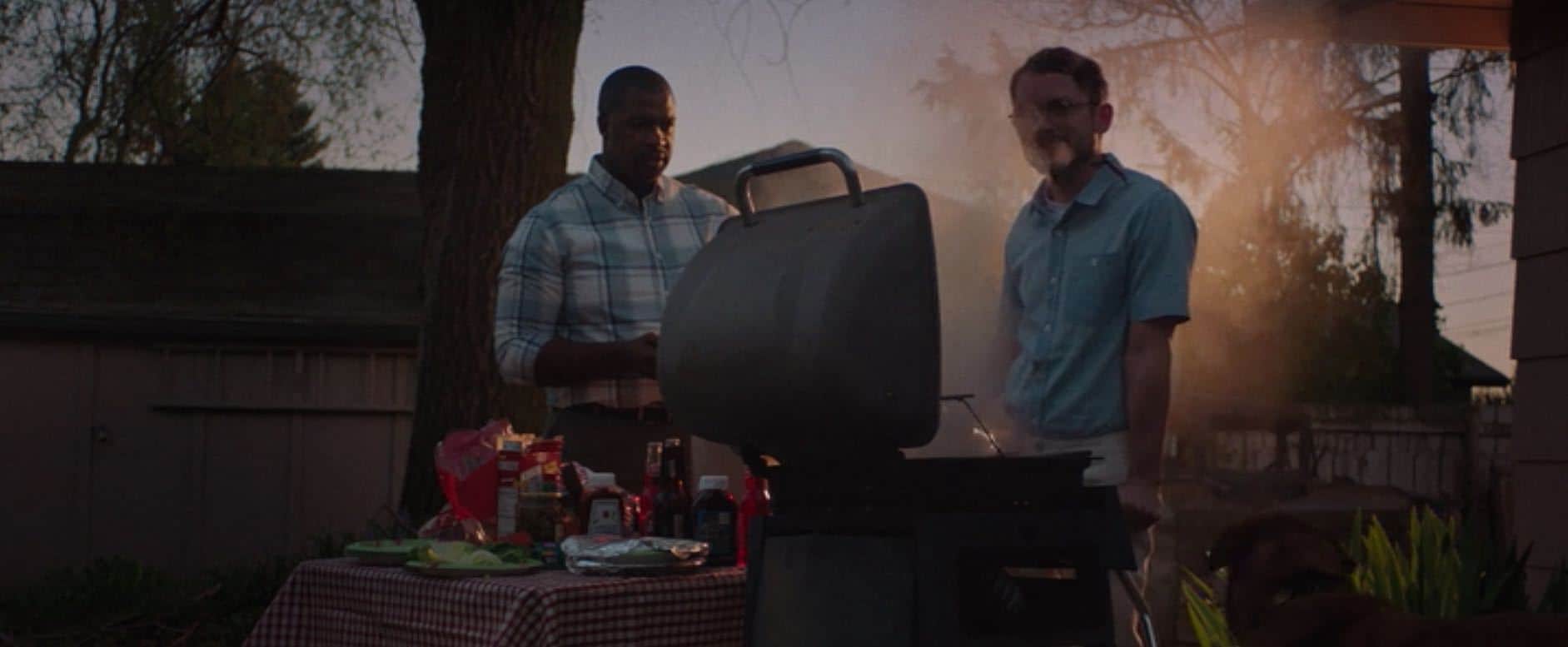
Either way, Ruth is imagining/seeing a future for herself, which is a big step up from where she was at the beginning of the film.
This mindset will set her up for finding more people in her life in future.

